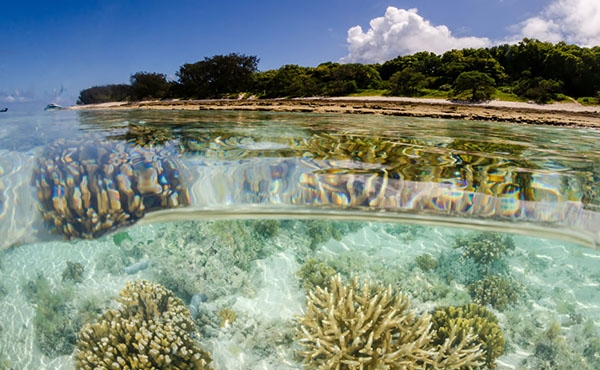Rainforests are forested ecosystems with closed canopies.964 Rainforests can be found scattered throughout the Catchment from cloud rainforests of the Wet Tropics to coastal vine thicket rainforests. Rainforests provide a range of ecological processes for the Reef, including nutrient uptake, carbon sequestration, slowing hydrological flows and sediment trapping.961
Threats to rainforests are predominantly climate change, land clearing and invasion of fragmented areas by weeds.965,966,967 Recovery of fire-sensitive communities, especially upland rainforests, from the 2018 bushfires in the Mackay highlands is likely to take decades to centuries.968



